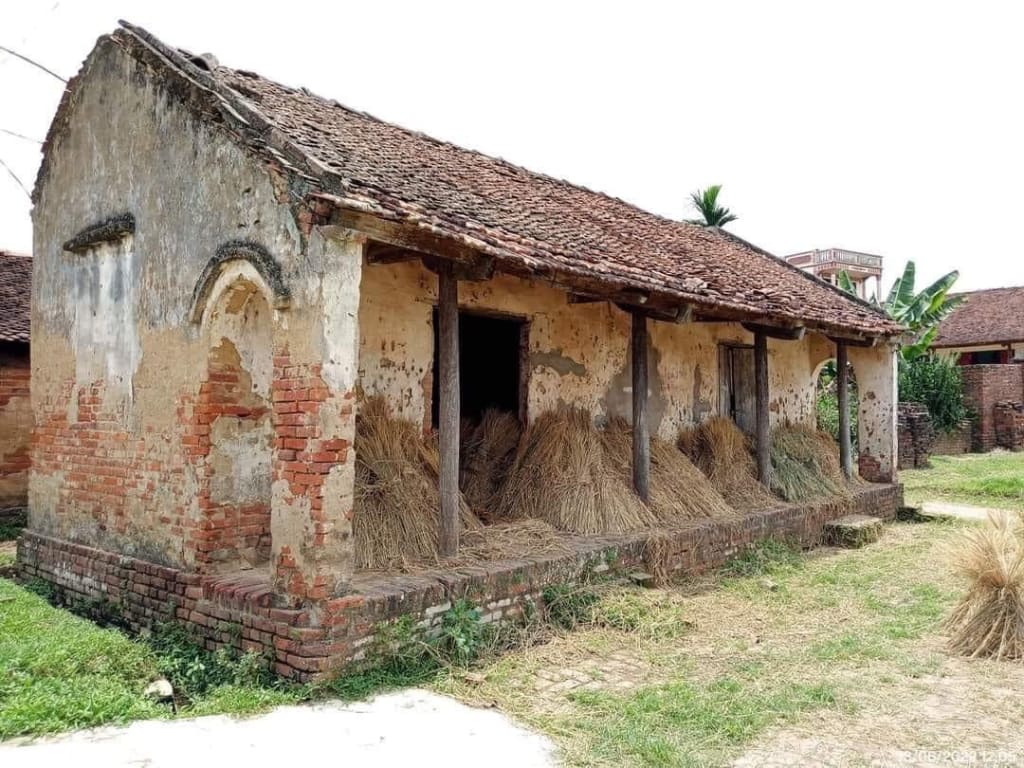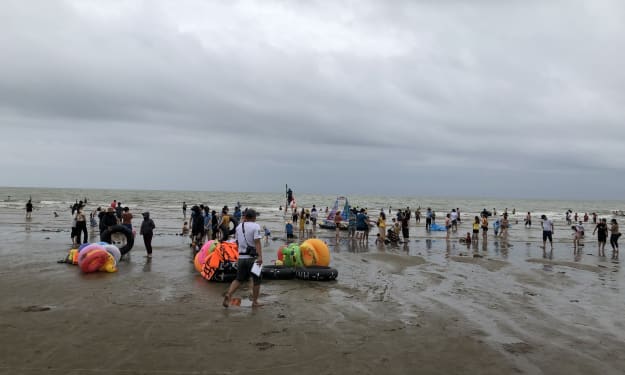Vietnamese countryside past and present
Vietnam is a country with many national identities

Vietnamese villages are a cultural symbol rich in national identity, closely connected to many generations of Vietnamese people. To better understand the changes in Vietnamese villages from past to present, we can consider the following aspects:
Traditional Vietnamese Villages
1. Architecture and Housing
• Thatched and bamboo houses: Traditional village houses were often built with natural materials like bamboo, thatch, and straw. These homes typically featured traditional designs like three-bay or five-bay houses with spacious gardens, fish ponds, and green hedges.
• Village communal house (Đình làng): The communal house was the cultural and religious center of each village, where festivals were held, deities were worshiped, and village meetings took place.
2. Economic Life
• Subsistence agriculture: The economy was primarily based on agriculture, including rice farming, livestock raising, and poultry. Agricultural products were used for family consumption and exchanged within the community.
• Traditional crafts: Many villages had traditional crafts such as pottery, silk weaving, conical hat making, and carpentry.
3. Culture and Customs
• Festivals: Traditional festivals such as village festivals, spring festivals, the Lunar New Year (Tết Nguyên Đán), and communal house worship were important events that involved the entire village.
• Beliefs: Villagers worshiped deities, ancestors, and national heroes. Customs such as weddings and funerals also carried distinct cultural features.
4. Transportation and Communication
• Waterway transportation: Rivers and canals were the main means of transportation, with boats and rafts commonly used for travel and transporting goods.
• Isolation and autonomy: Each village was a self-governing unit with its own organizational system, with limited interaction with the outside world.
Contemporary Vietnamese Villages
1. Architecture and Housing
• Concrete and multi-story houses: Modern houses made of reinforced concrete have replaced thatched and bamboo houses. Multi-story buildings with diverse architecture and better amenities are now common.
• Public facilities: Infrastructure such as schools, health stations, and cultural centers are built more robustly and modernly.
2. Economic Life
• High-tech agriculture: Agriculture has been mechanized and incorporates advanced technology, featuring large-scale farms and production oriented towards the market.
• Industrial and service development: Many industrial zones, factories, and tourism, and commercial services have developed robustly, creating numerous jobs for villagers.
3. Culture and Customs
• Integration and exchange: Village culture is preserved but also influenced by urban and foreign cultures. Traditional festivals continue to be celebrated but with modern influences.
• Education and healthcare: The education and healthcare systems have improved, providing better learning and health care opportunities for villagers.
4. Transportation and Communication
• Road transportation: Road infrastructure has improved with many major roads and bridges built, facilitating easier travel.
• Information technology: The widespread use of the internet and mobile phones allows villagers to communicate easily, access information, and connect with the outside world.
Transition and Challenges
• Economic transformation: Vietnamese villages are transitioning from a subsistence agricultural economy to a market economy with industrial and service sectors. This brings many opportunities but also challenges such as environmental pollution, loss of agricultural land, and income disparity.
• Cultural preservation: Preserving and promoting traditional cultural values is a significant challenge in the context of integration and globalization.
In summary, modern Vietnamese villages not only retain valuable traditional values but also experience significant development, contributing to the construction of a modern and prosperous country.
About the Creator
Đông Nguyễn
I'm Nguyen Dong, a math teacher who wants to try out lessons on the Vocal site
Enjoyed the story? Support the Creator.
Subscribe for free to receive all their stories in your feed. You could also pledge your support or give them a one-off tip, letting them know you appreciate their work.





Comments (3)
xin chia sẻ thêm
Please comment from readers
xin góp ý của bạn đọc